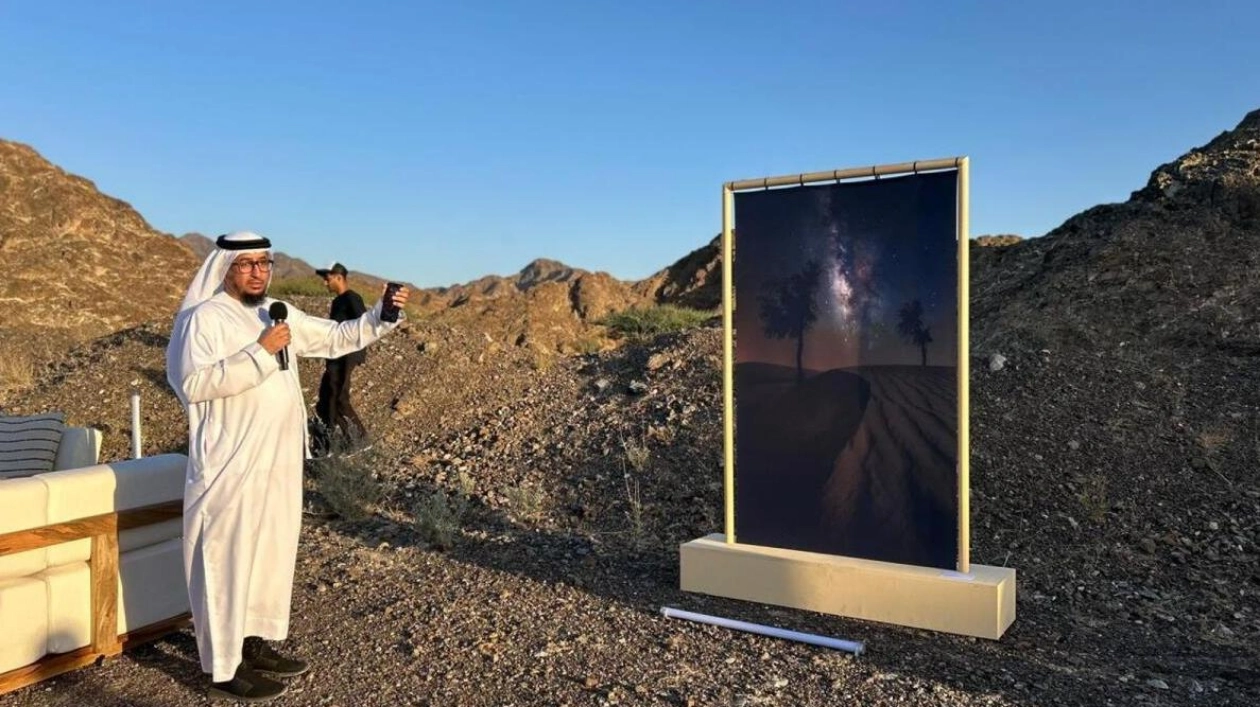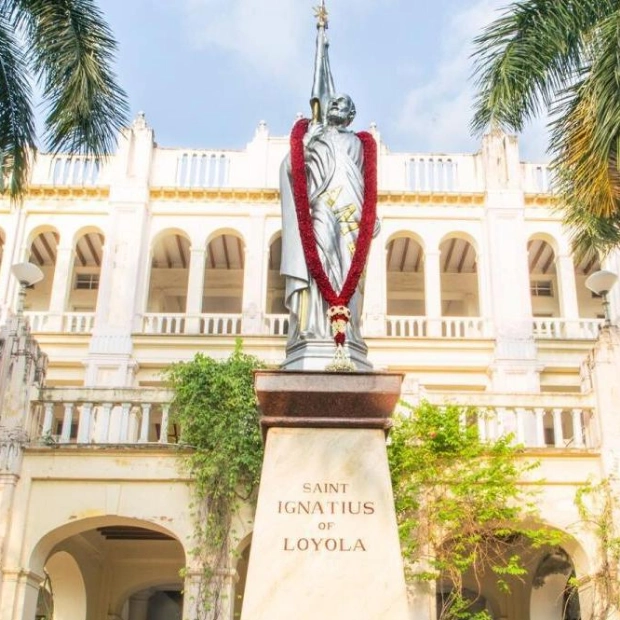Photos: Supplied
To comprehend the natural world and forecast seasonal shifts, ancient Emiratis crafted the Duroor system, a sophisticated method utilizing the stars as their compass. Today, UAE astronomers leverage this ancient wisdom to predict contemporary weather patterns. Without telescopes or modern technology, these early navigators accurately knew when specific stars would rise and set, enabling them to synchronize their activities with nature's cycles.
“Our ancestors timed their activities based on the stars,” explained Jumaa Khalifa Ahmed bin Thalith Al Hamri, an Emirati heritage researcher. “For example, they decided when to go diving by observing the sky, setting a timeframe to return home after a certain number of days. They recognized that when the flag on their ship fluttered from north to south, it marked the start of the diving season.” This ancient knowledge was crucial for survival. Bin Thalith Al Hamri detailed how weather changes and bird migration patterns were closely tracked. “The sounds of migrating birds indicated that the weather was cooling, signaling the end of the diving season,” he noted.
Families prepared for these changes, ensuring their homes were ready for the return of their loved ones. “While the men were away, women would prepare the house and gather dates to store for winter,” he added. In 1995, a dedicated team of researchers, including Bin Thalith Al Hamri, began documenting this ancient knowledge. “We collaborated with elders to gather information about how they used the Duroor system in their daily lives,” he recalled. “After three years of data collection and calculations, we gained a comprehensive understanding of how these celestial patterns were essential for navigation and resource management.”
The Duroor system divides the year into 10-day segments, starting when the Suhail star is first seen in the sky. Each segment provides insights into what to expect, aiding the community in preparing for various activities. These segments are grouped into three main seasons of 100 days each—autumn, winter, and spring—while the remaining days, until the Suhail star reappears, signify summer. The Duroor system is being revitalized today as a valuable tool for sustainable agriculture. Farmers are now using this ancient calendar to determine optimal planting and harvesting times, leveraging its insights to cultivate crops more effectively.
By observing celestial patterns and understanding seasonal cycles, modern Emirati farmers can make informed decisions that align with both tradition and environmental sustainability. Understanding when to plant wheat, when to harvest, and how to maintain crops is essential knowledge for both farmers and engineers involved in agriculture. “It’s crucial to know that planting wheat in August is not advisable,” emphasized Bin Thalith Al Hamri. “Coastal winds can disrupt the growing season. These winds, originating from the eastern coast near Khor Fakkan, significantly influence agricultural practices,” he added. He further explained that the winds from the Levant region, referred to as the Suhail winds, also impact the timing of planting and harvesting. “By harnessing our heritage, we can enhance sustainability efforts,” he noted, highlighting a growing trend in the UAE, particularly in Sharjah, where agricultural initiatives are being promoted.
“His Highness the Ruler of Sharjah has established farms to facilitate this movement, integrating traditional practices like the Duroor system into modern sustainability efforts,” he explained. This ancient wisdom was brought to life during Duroor Nights, a unique desert camping experience that celebrated the Duroor system and its profound impact on Emirati life on Saturday, November 16, at Wadi Modaynah Dam in Ras Al Khaimah. This event was part of ongoing efforts to promote sustainability and cultural heritage in the UAE.
With zero light pollution, the clear night sky provided a stunning backdrop for stargazing. Attendees observed celestial wonders through telescopes, capturing images of stars and planets while learning about the Duroor system’s significance in Emirati culture. As the sun set, participants gathered to safely observe its descent through specialized equipment. Mohammed Talafha, an astronomical observer, led this session, emphasizing the importance of using protective filters. “The sun is one of the brightest objects in our sky, but it can also be dangerous to observe without proper precautions,” he explained.
As the night deepened, telescopes were set up to view the moon and stars. Attendees marveled at the intricate details of lunar craters and the shimmering constellations above. The experience fostered a sense of community and shared purpose, as participants engaged in discussions about how modern practices can align with the wisdom of the past. “By observing the Duroor, we reconnect with the rhythms of our natural environment. This event exemplifies how inherited traditions can guide us toward a more sustainable future,” said Rauda Al Falasi, Deputy Project Lead for the Year of Sustainability, echoing this sentiment.
Source link: https://www.khaleejtimes.com






